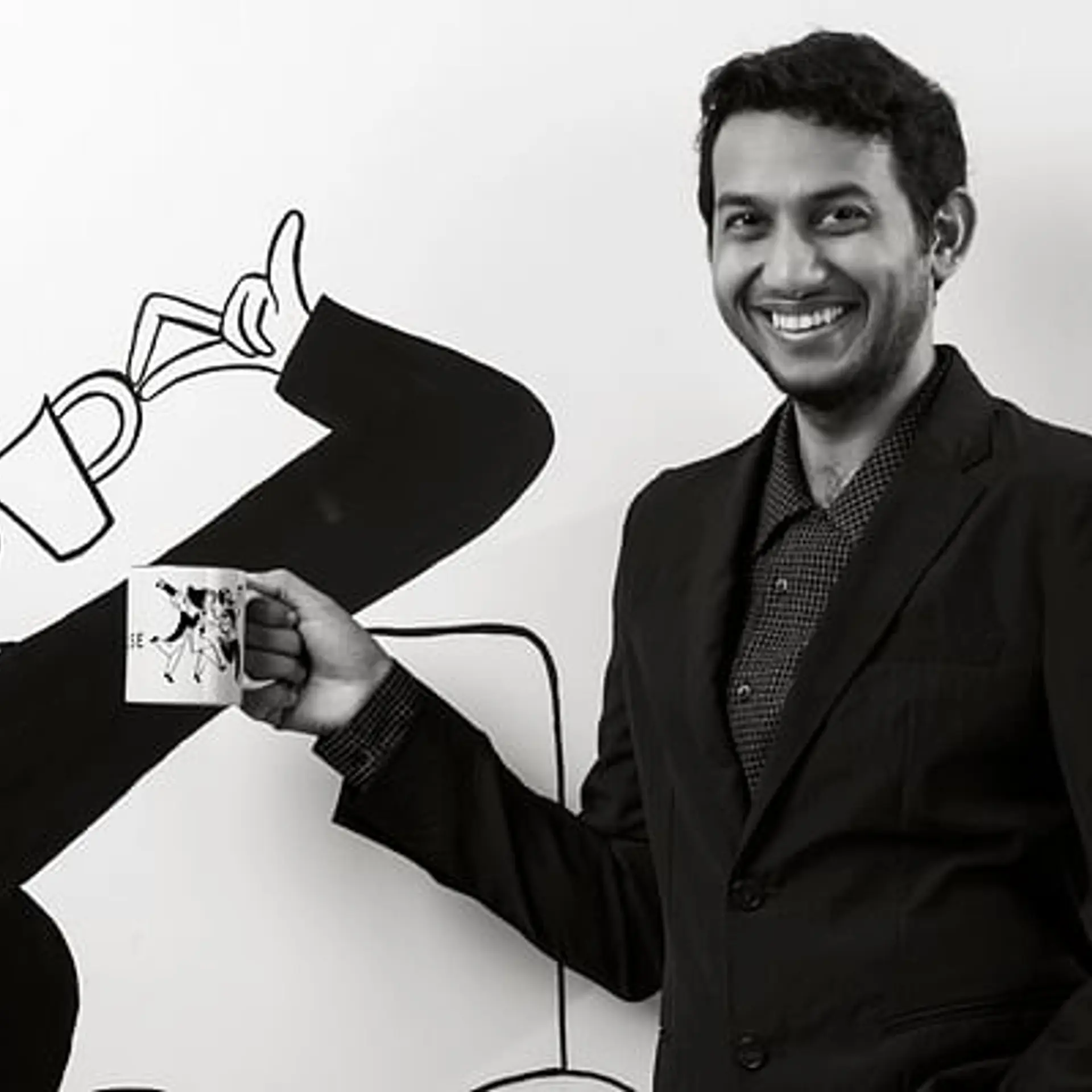Rubbing Your Eyes? Here's Why You See Twinkling Lights!
Ever wondered why you see flashes of colors when you rub your eyes? These vibrant light shows, called phosphenes, are your photoreceptors responding to pressure, not light! Dive into the fascinating science behind these visual tricks and discover more about how your brain interprets them.
Have you ever noticed those swirling, colorful lights when you rub your eyes or accidentally glance at the sun? It’s like a private fireworks show right behind your eyelids! These flashes of light are called phosphenes, and they’re one of the most curious tricks your eyes can play on you.
Phosphenes occur when your eye’s photoreceptor cells, found in the retina, get stimulated by something other than light. Normally, these photoreceptors react to light to form the images we see. However, when you rub your eyes or put pressure on them (like squeezing your eyelids tightly), the photoreceptors get "tricked" into thinking there’s light even though there isn’t! This pressure activates the retinal ganglion cells, which send signals to the brain, making you see bursts of colors, shapes, and patterns like stars or zigzags.
Phosphenes don’t last long and are completely harmless as long as you're not rubbing too hard (your cornea is fragile, after all!). Ancient civilizations, including the Greeks, even described this phenomenon in some of the earliest medical texts.
But wait, there’s more to these light tricks! Another similar visual illusion is the afterimage. Have you ever looked at something bright, like a phone screen in the dark, and then closed your eyes, only to see the image linger for a bit? This happens because your photoreceptors become temporarily overwhelmed by the light and need time to reset. The leftover light "sticks" in your vision until those cells bounce back.
While scientists are still studying these phenomena, the leading theories suggest that both phosphenes and afterimages occur because of how sensitive and complex our visual system is. Whether it’s from rubbing your eyes or a sudden burst of light, these quirky eye effects are just one of the ways our brains work to interpret and process the world around us. It’s like having your very own light show on demand—no ticket required!
So, next time you see those colors dancing behind your closed eyes, remember it’s just your photoreceptors firing up for a quick visual party. Just don’t rub too hard—you wouldn’t want to damage your eye's delicate structure!
Edited by Rahul Bansal







